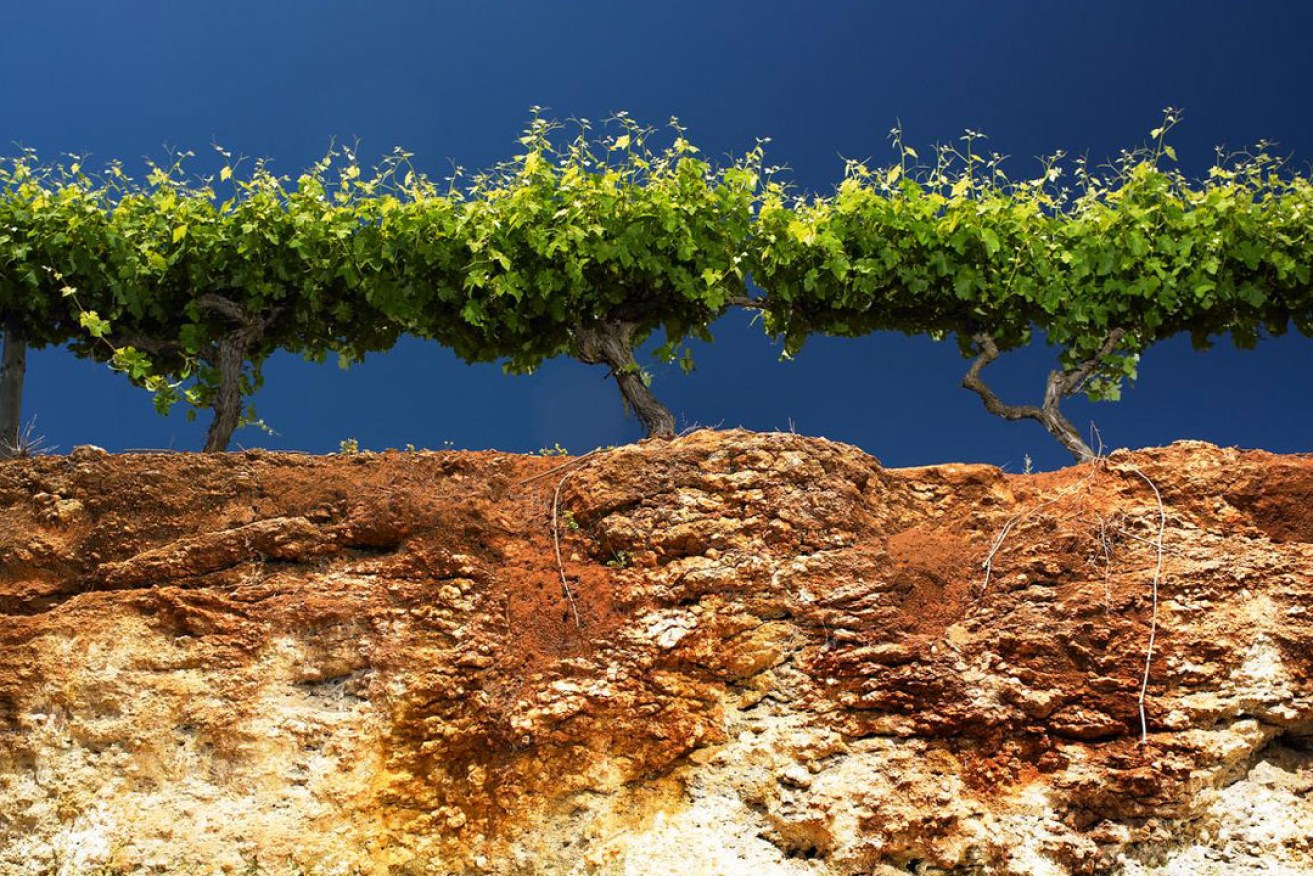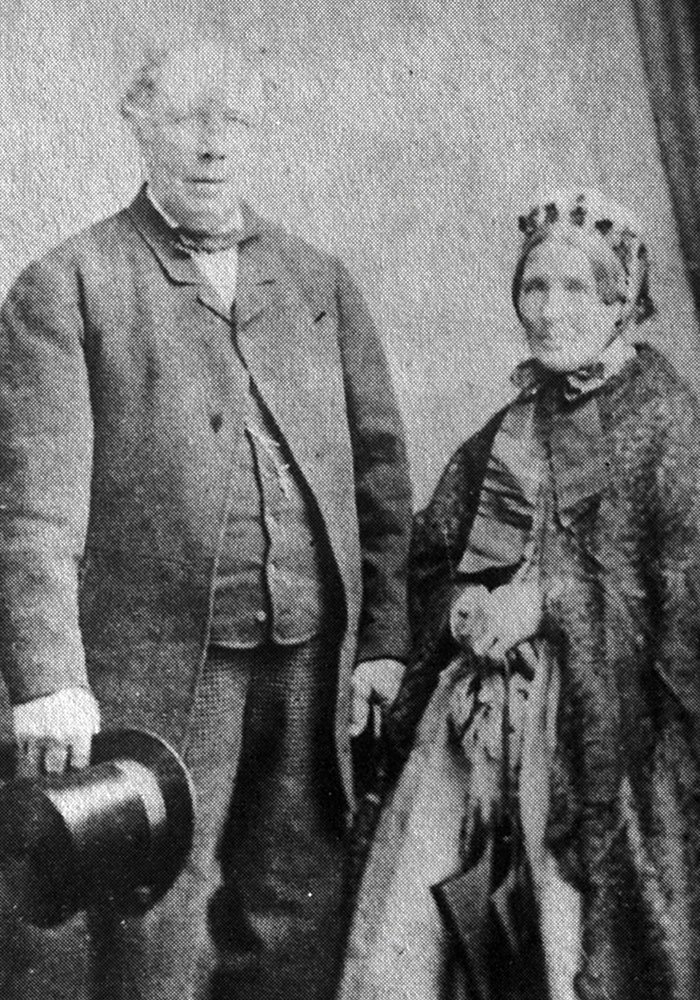What price provenance?
Without tasting it, Philip White ponders a new $300 Coonawarra superwine – and the role provenance plays in pricing.


Classic terra rossa over limestone at Coonawarra. Photo: Milton Wordley
Reluctant to write of wines he has not actually consumed, this correspondent is nevertheless attracted to fancy releases of great price, and how they tend to be launched.
Such things seem to come and go; some, one-offs like Peter Gago’s astonishing Penfolds Ampoule ($168,000), or his Penfolds G3 ($3000), sell in flash, rarely to reappear in the auction circuit; others slug on, holding their value as they occasionally poke their necks up for resale.
This week’s release of Henschke Hill of Grace 2013 rings its usually Grangey price – $825 a pop – just ahead of next month’s annual wave of superwines from Penfolds. Such monumental luxury goods maintain their own heady values, having proven their breeding for many decades.
The less fortunate attempts at the miracle megabuck bottle, usually of suss provenance, simply disappear, or lie in their maker’s shed for the decades it takes for them to drink it all.
The Balnaves and Redmans of Coonawarra have just announced their William Wilson Coonawarra Shiraz Cabernet 2016. “A unique blend of families and varieties, the limited edition $300 a bottle ‘traditional claret’ will be the most expensive wine ever released in Coonawarra,” Kirsty Balnaves’ release says.
William and Agnes Wilson came to Penola in 1861 “and quickly erected a four-room slab hut with a bark roof,” I first discovered in Corartwalla – A history of Penola, the land and its people (Hanna, Abbey, Clifford, Roper; Magill Publications, 2001). “Apart from a six-year stint in the Black Watch, and some shepherding on Maaoupe, Wilson had pursued the trade of gardener.”
“He really was the region’s founding father … ” Balnaves says.
According to the release, he was “born in Scotland, served in the Scottish Highlanders in Ireland and Greece … emigrated to South Australia in 1849 at the age of 33.
“It was during his posting on the Greek Islands of Zephalonia, Zante and Corfu that he learnt about viticulture and the role that soil type played in vine health and vigour.”
Corartwalla relates: “Initially he earned a living through fencing and selling produce from a small garden behind the hut.” Always short of cash, he took off to the Victorian goldfields and made himself four hundred pounds, which his partner stole as Wilson packed to leave, “so he stayed until he had made another three hundred pounds, and then doggedly pushed his wheelbarrow all the way to Penola”.
In his two-year absence, Agnes fed and raised their kids doing washing and mending for the neighbours. “Early one morning she found the local Pinejunga stacking wood against the hut, and was terrified they would burn the house down. Then one explained that her husband had been kind to them, and they were helping her while he was away.”
Wilson had been very quick to appreciate the fast-draining nature of the Coonawarra terra rossa soil he’d found in his garden. Within years he developed a market garden whose produce consistently won awards at the agricultural shows and sold briskly throughout the south-east of the state. He grew all manner of grapes, fruit and figs and took them to markets as far afield as Naracoorte and Mount Gambier in a sprung horse cart.
The prominent local pastoralist John Riddoch (read loaded Scot) took close notice of this geological form Wilson had discovered and in May 1890 announced his philanthropic dream, the Penola Fruit Colony.
“Impressed with the success of William Wilson’s orchard in Petticoat Lane, he noticed that the terra rossa soil ran some miles north of the township,” Corartwalla explains, “and he was advised by Professor Perkins, chief agriculturalist with the state government, to utilise it as a fruit colony.”
By August, Riddoch had sold nearly all his “one hundred ten-acre allotments at ten pounds per acre, at five per cent interest over ten years … by 1891, ninety-five thousand vines and sixteen thousand fruit trees were planted”.
In July of that same year, Wilson died. “In every respect a grand type of the pioneers who are rapidly passing away,” his obituary in the Border Watch concluded. “Men honest, manly, and stout-hearted, who possessed indomitable patience and perseverance which enabled them to meet and overcome all the difficulties that beset them in their efforts to form homes for themselves in Australia.”
Riddoch built the famous winery now known as Wynn’s Coonawarra Estate just in time for the Great Bank Crash of 1893. A brave and inspired experiment hit the deck, to be most famously re-launched by David Wynn in the 1950s.

William and Agnes Wilson of Petticoat Lane, Penola.
Wilson’s grandson, Bill Redman, hung on, making his first wine in 1909. His sister-in-law married William Balnaves, and now Wilson’s great-great-great grandchildren Kirsty and Peter Balnaves, with Dan and Michael Redman, release a $300 red.
It’s a good yarn, but provenance enough for the price?
Nearly 40 years ago I attended a Redman tasting in Sydney, with the grand Owen Redman officiating. He scared me, but as a bloke from the sticks, he was probably terrified of Sydney. I poked a wobbly mike at him and asked: “Mr Redman, what’s the best Redman Coonawarra in the cellar?”
I don’t think he even looked at me as he uttered: “The oldest one.”
No further questions, your honour.
Soon after that I was at Coonawarra as the new Lifetime President of the Coonawarra Guinea Pig Racing Association, a guest of its founder and secretary, Doug Balnaves, who also supervised swabbing pigs for drugs and other veterinary issues.
They were Australia’s most coddled and polished cavies, I guarantee. Those who witnessed the mighty Noble Rot, a glistening rocket of a rodent, winning the steeplechase will still glaze over and shiver with the vainglory of that recollection.
There’s some more provenance for you. But add to that the countless deep garnet glints of memory from bottles grown and made by those mighty Coonawarra mobs, and I reckon I’m ready to give them the benefit of the doubt.
Anyway, there’s the press release appraised and abridged, with a bonanza of free extras. I look forward to telling you how I feel drinking the wine if I can sell a banjo or something.
Of matters of worth, best refer to the Penola poet and horse ace of Wilson’s day, Adam Lindsay Gordon, who seems to have been a hopeless melancholic romantic, which probably means depression.
“He wins, yes, he wins upon paper,
He hasn’t yet won on turf,
And these rhymes are but moonshine and vapour,
Air-bubbles and spume from the surf.
So be it, at least they are given
Free, gratis, for just what they’re worth,
And (whatever there may be in heaven)
There’s little worth much upon earth.”




